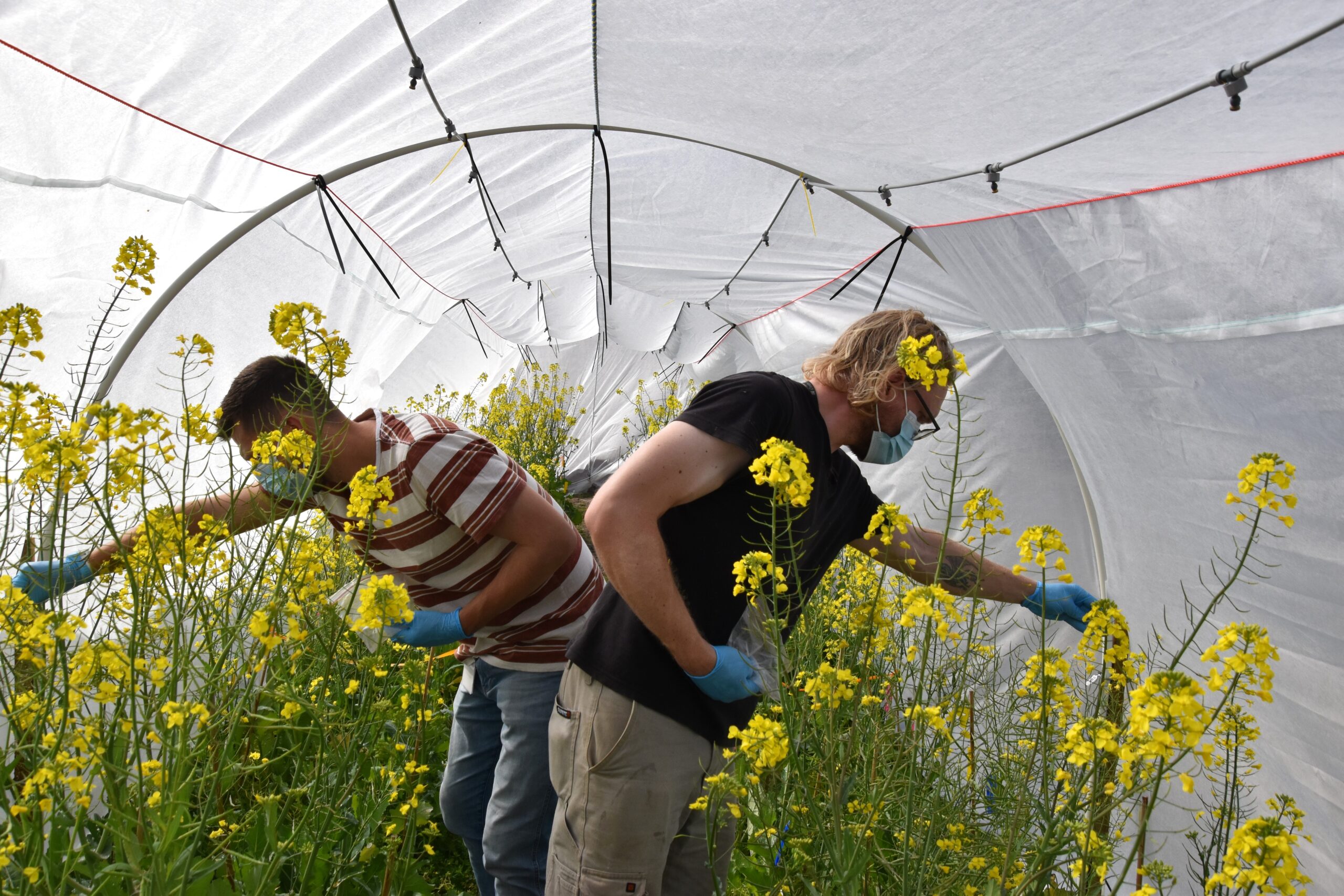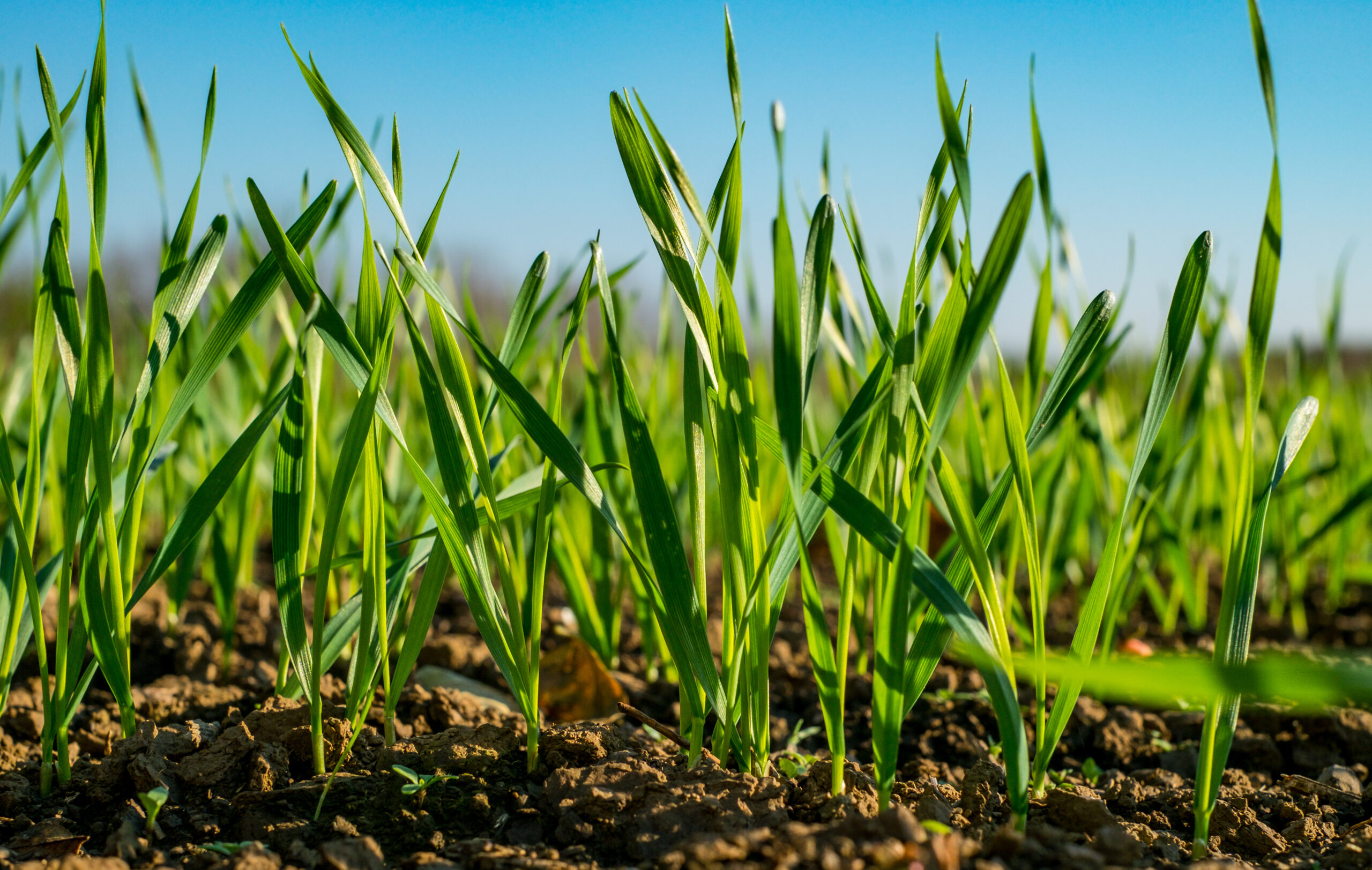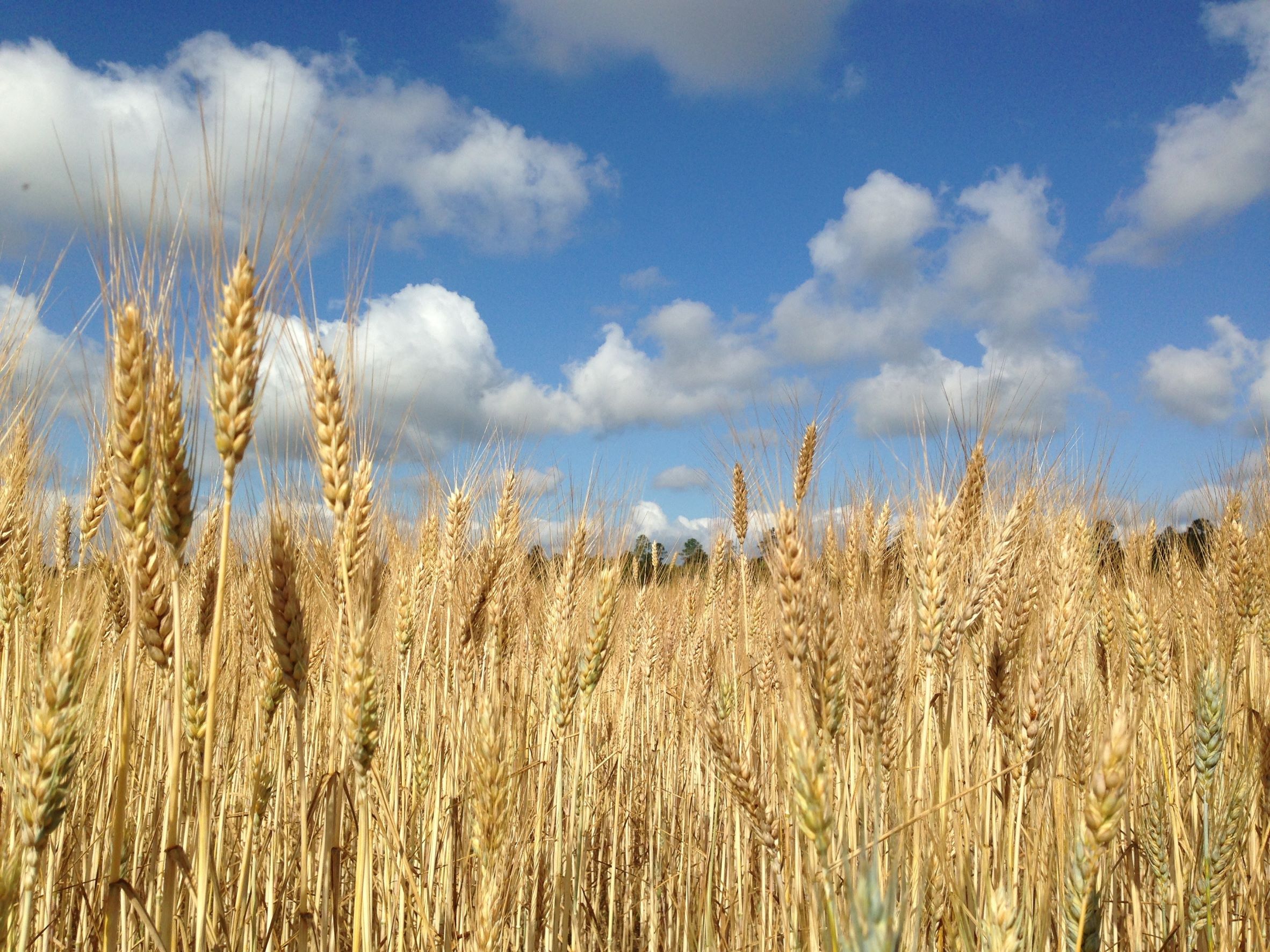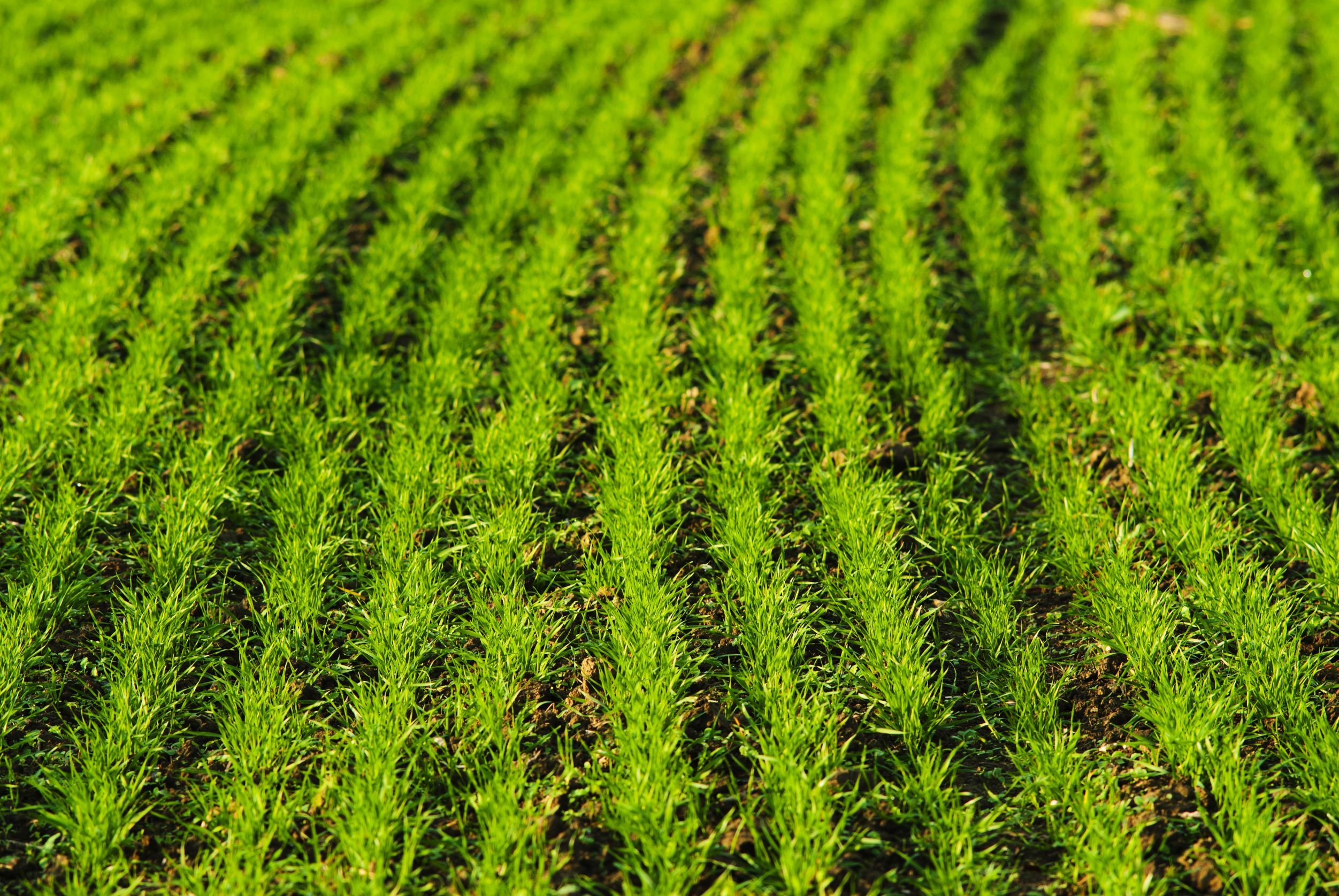Why study with the CCDM?
We are industry connected, a rising star in national and global agricultural research and a driver of improved farming systems and techniques.
Our $46 million state-of-the-art laboratories and plant growth facilities will help you advance your research career. We’ve teamed up with industry collaborators to offer a wide range of scholarship opportunities.
- Learn more about our scholarship opportunities
- See current available projects below
























